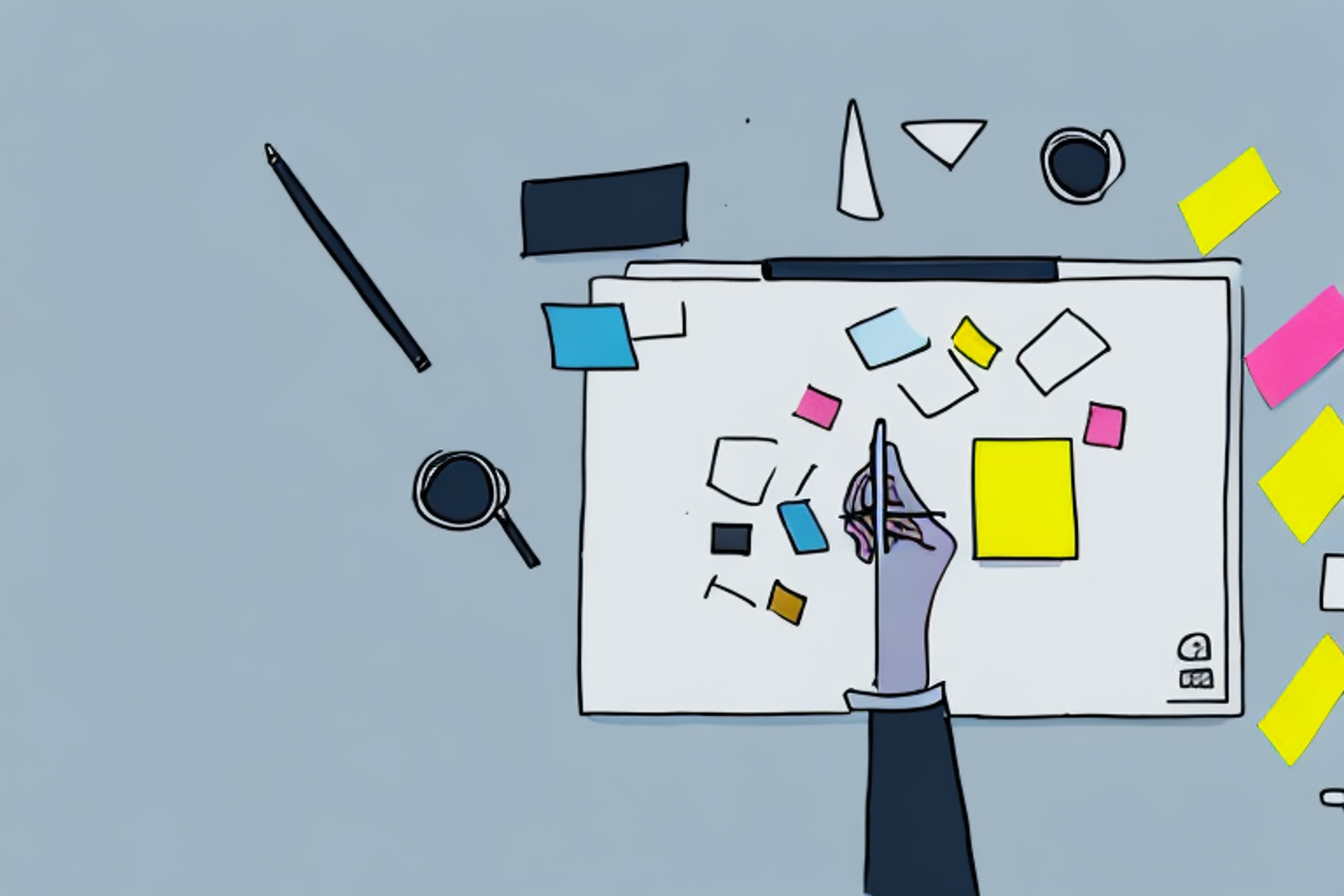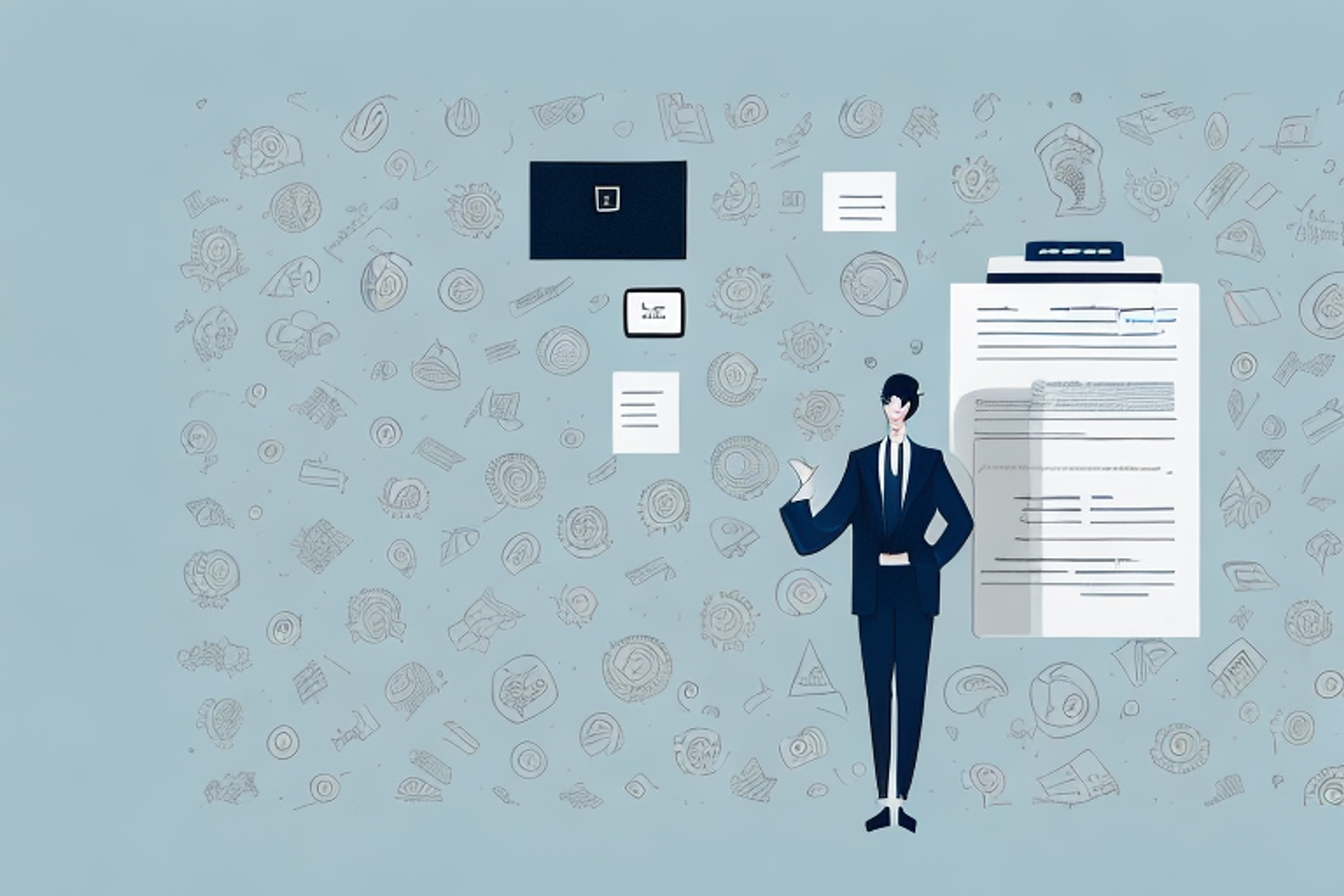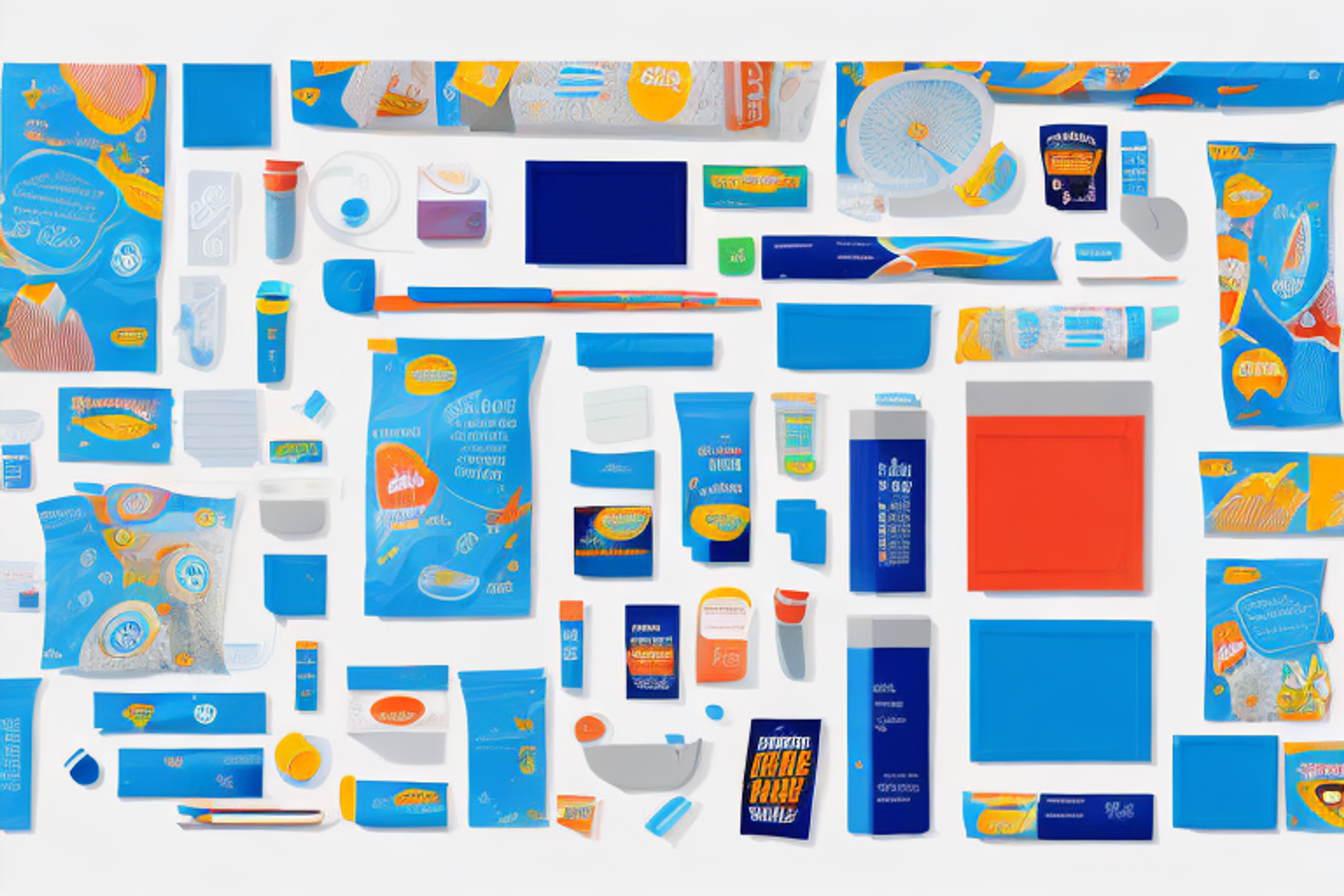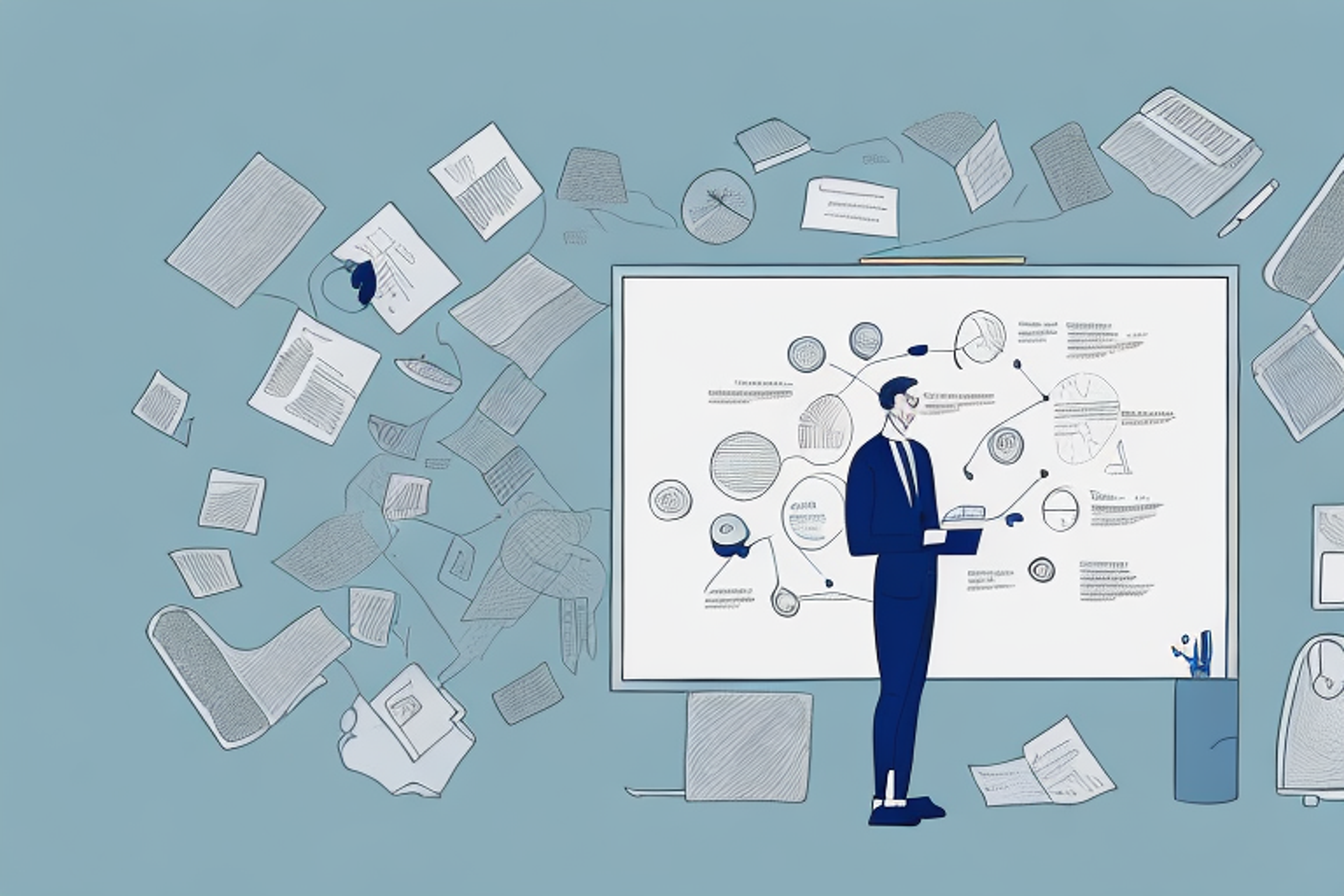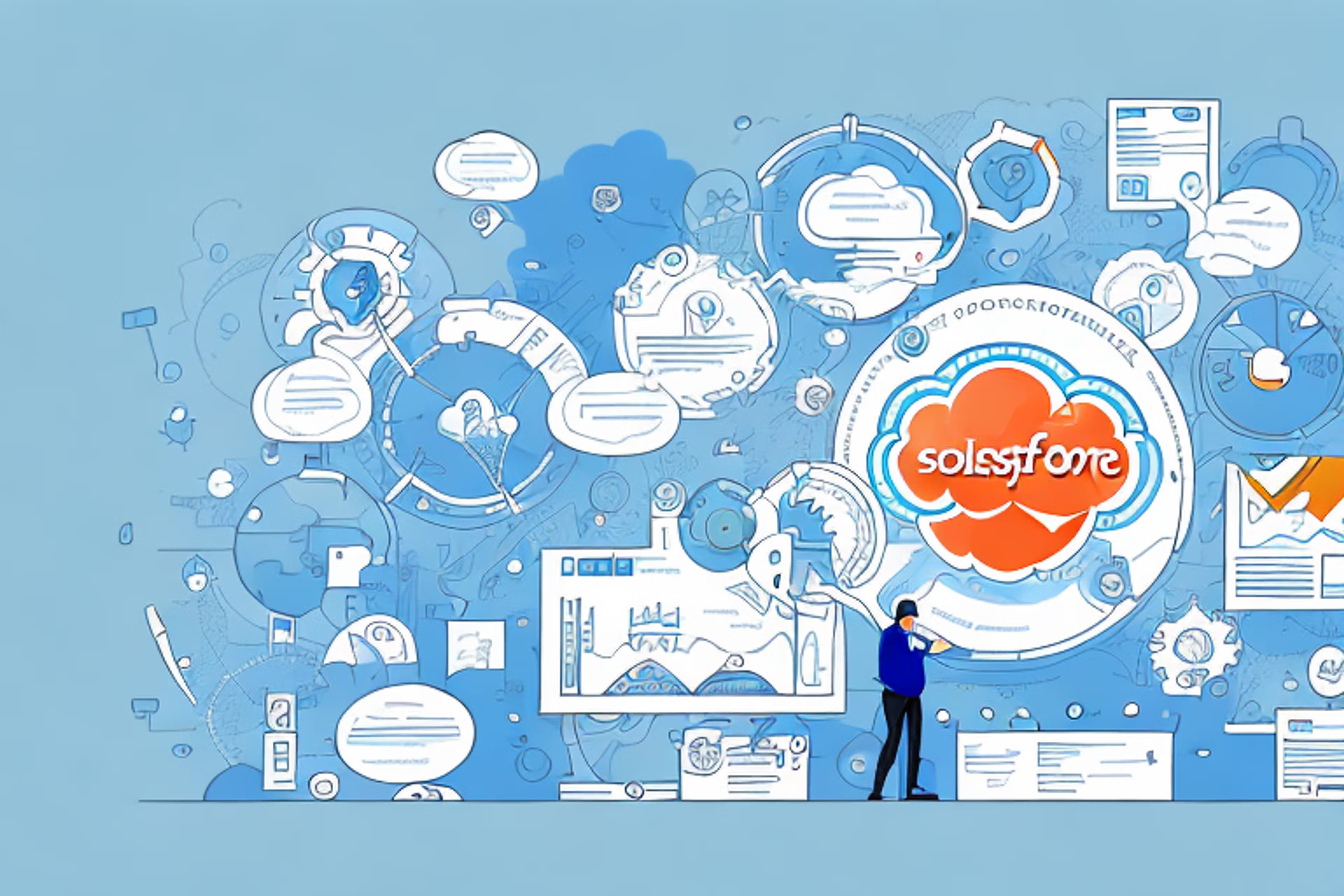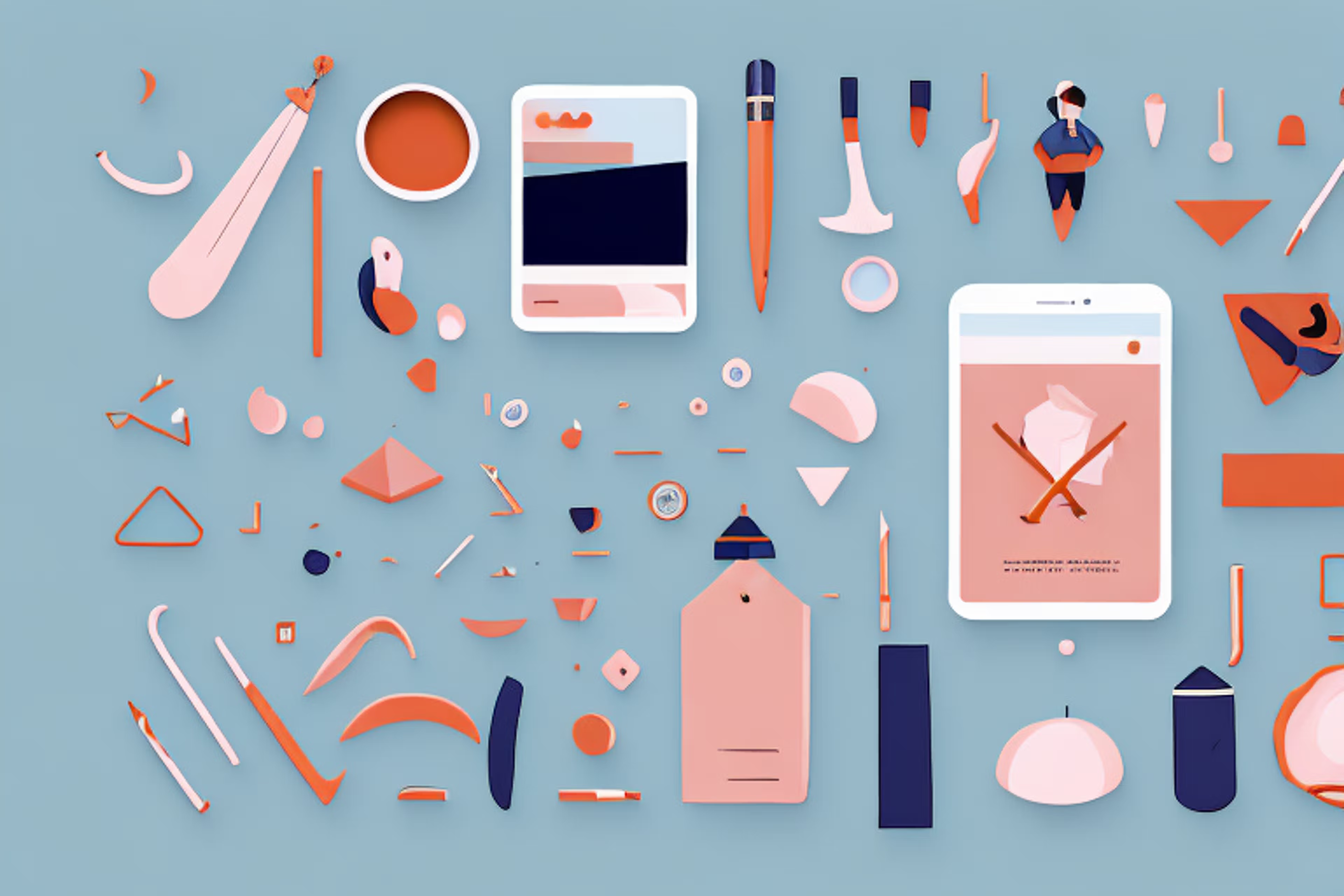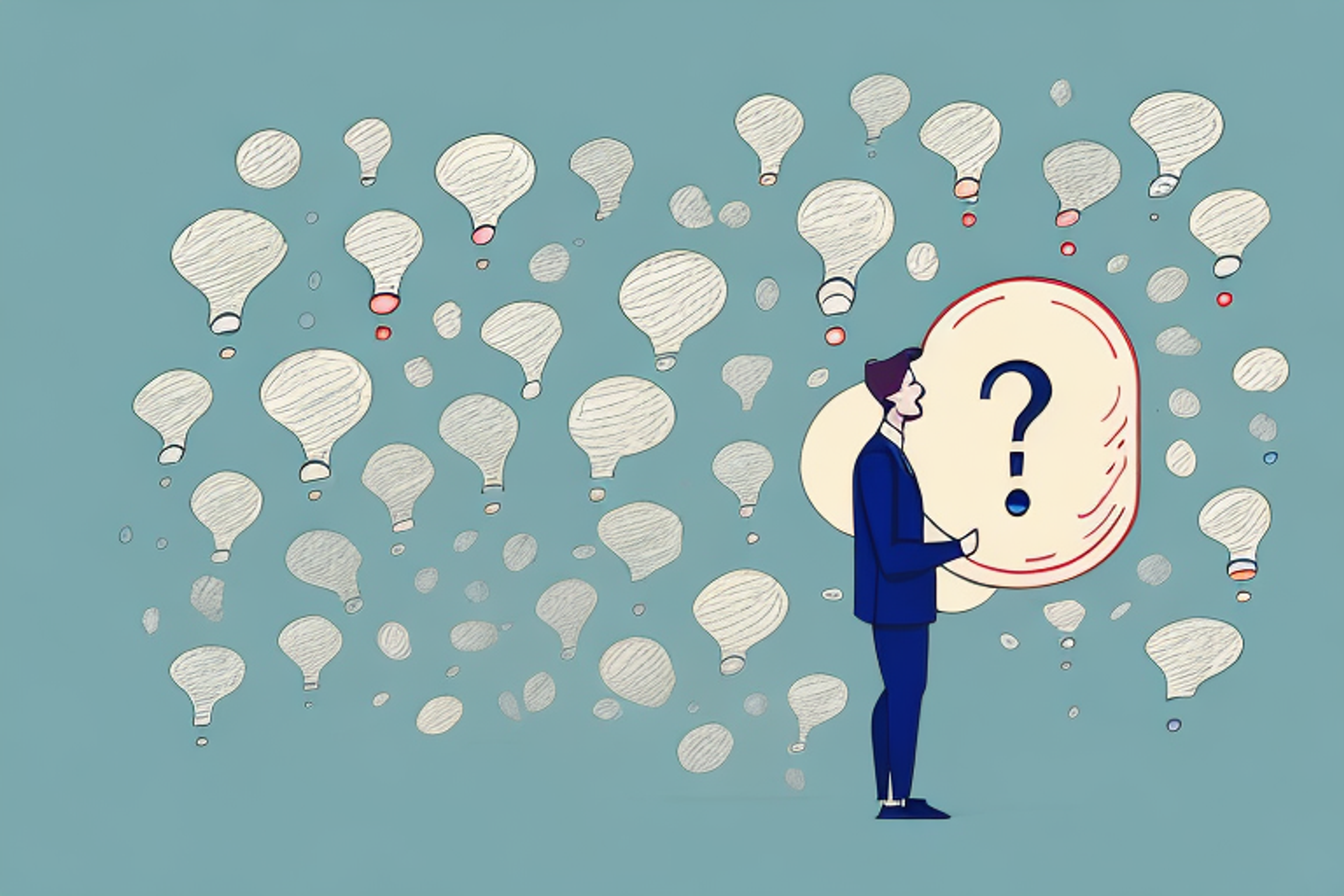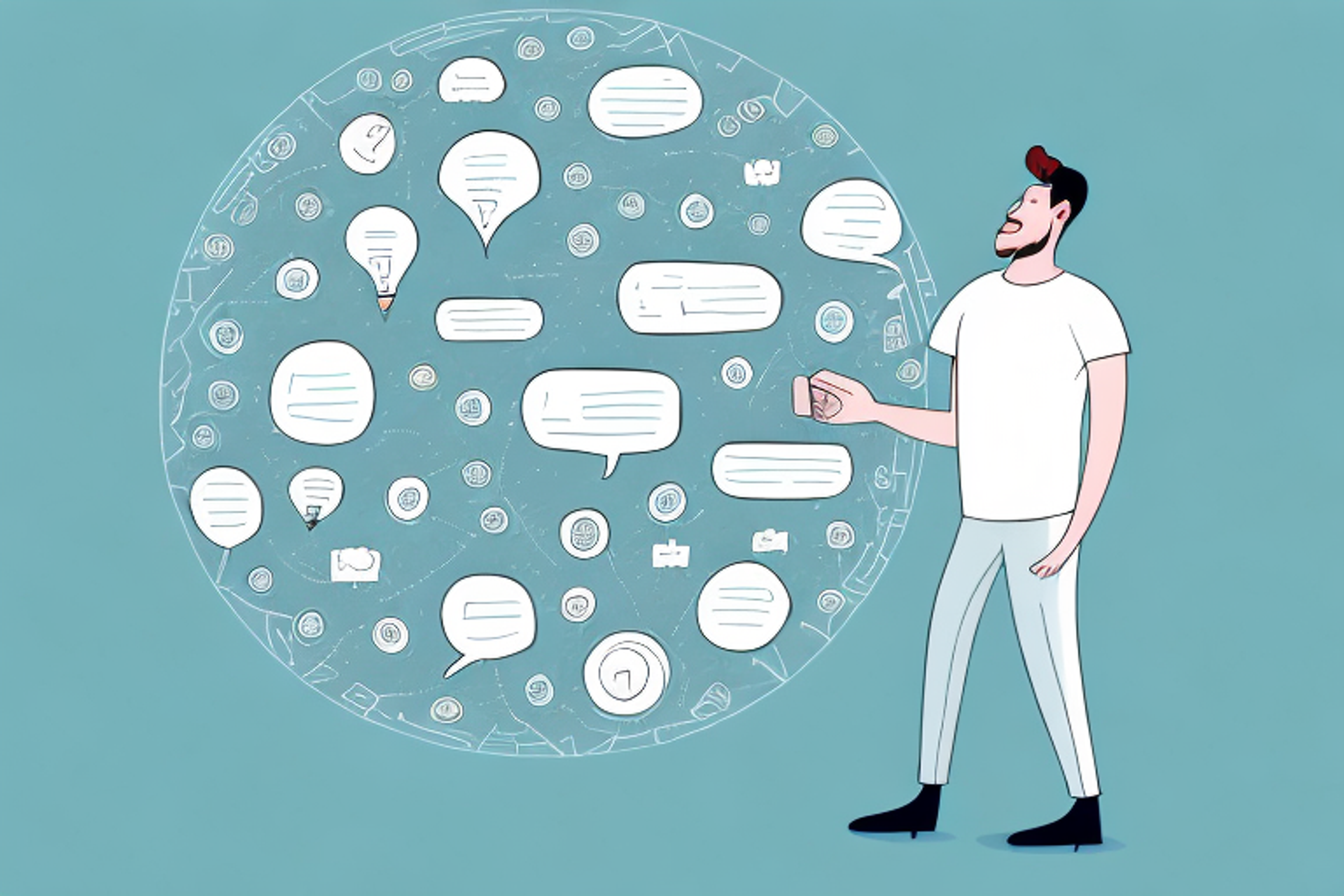How to Prepare for Workday Product Sense Interviews
If you're gearing up for a Workday Product Sense interview, you'll want to read this article.
Posted March 6, 2025
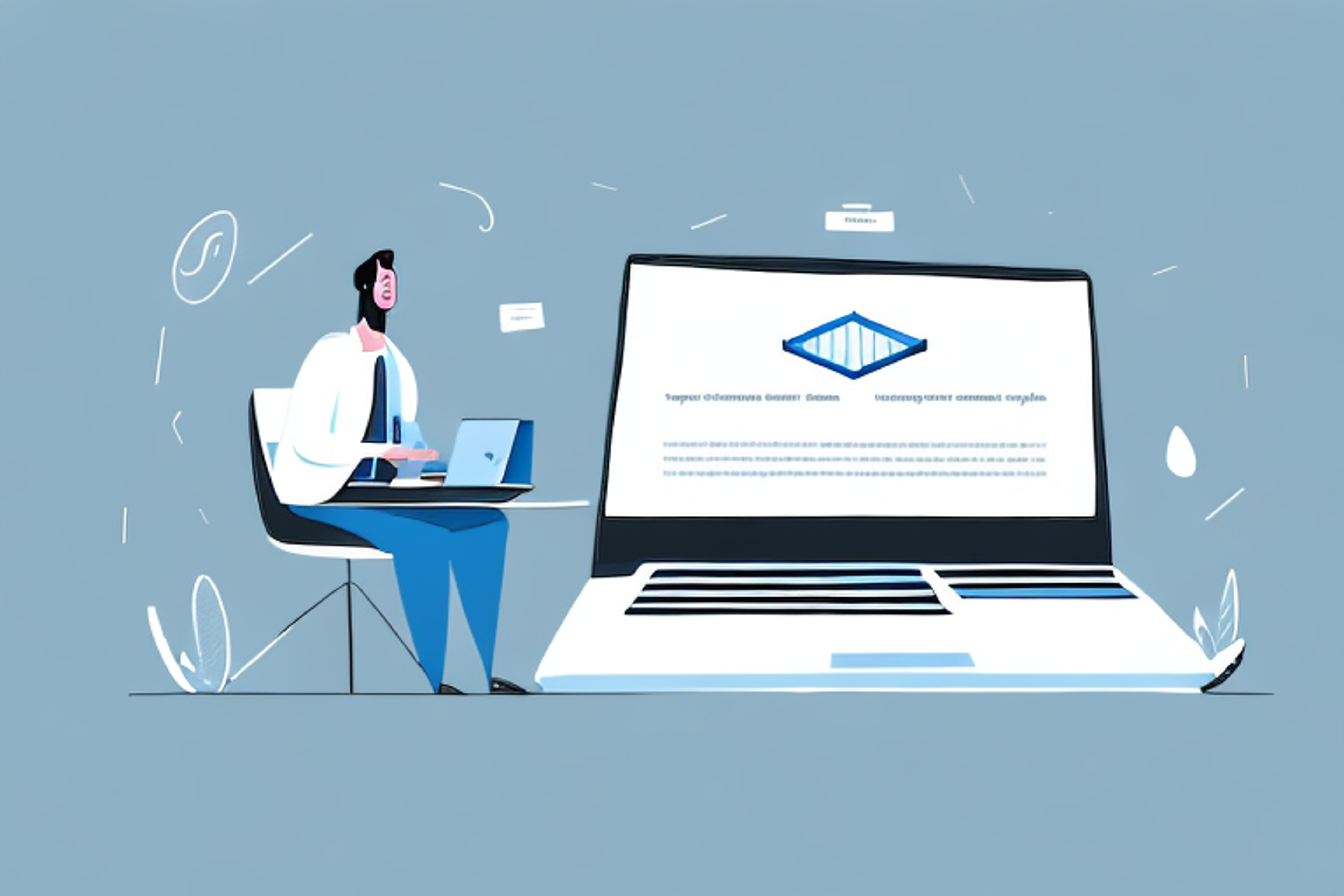
Table of Contents
If you have been invited to a Workday product sense interview, you may be wondering what to expect and how to prepare. In this article, we'll cover everything you need to know to ace your interview and showcase your skills as a product manager.
What are Workday Product Sense Interviews and Why are They Important
Workday product sense interviews are designed to evaluate your ability to think strategically about a product and its users. As product managers are key decision-makers who need to consider a variety of factors before launching a product, this interview is of utmost importance for employers. These interviews help the company understand how you approach problem-solving, analyze market trends, and devise strategies to create successful products.
During a Workday product sense interview, you may be asked to provide examples of successful products you have launched in the past, as well as discuss any challenges you faced during the product development process. Additionally, you may be asked to provide insights on how you would improve an existing product or identify potential new product opportunities. These interviews are important for both the employer and the candidate, as they provide a deeper understanding of the candidate's skills and experience, and help ensure that the right person is selected for the role.
Top Skills Needed for Workday Product Sense Interviews
Product sense interviews test your ability to think critically and strategically about products, users, and markets. The following skills are essential for acing the interview:
- Analytical skills: the ability to analyze data and identify trends accurately
- Creativity: the ability to come up with innovative solutions to problems
- Communication skills: the ability to communicate effectively with cross-functional teams and stakeholders
- Technical proficiency: an understanding of new technologies and how they can be leveraged to improve products
- Leadership skills: the ability to lead a team and prioritize tasks effectively
Additionally, it is important to have a strong understanding of the industry and market trends. This includes staying up-to-date with the latest advancements and changes in the industry, as well as understanding the needs and preferences of the target audience. Being able to anticipate and adapt to changes in the market is crucial for success in product development.
Researching the Company and Understanding Their Product
Before going into the interview, it's essential to research the company, understand its products, and familiarize yourself with their mission and values. Review their website, social media accounts, and press releases to get an idea of their products' features, current trends, and target market.
Additionally, it's a good idea to research the company's competitors and industry trends. This will give you a better understanding of the market and how the company fits into it. You can also use this information to ask insightful questions during the interview and demonstrate your knowledge of the industry.
Another important aspect of researching the company is understanding its culture and work environment. Look for information on the company's values, work-life balance, and employee benefits. This will help you determine if the company is a good fit for you and allow you to ask relevant questions during the interview.
Analyzing User Needs and Designing Solutions
The interview will test your ability to analyze user needs and design solutions to address them. You'll need to demonstrate your ability to empathize with users and understand their pain points to come up with optimal solutions. Be prepared to share your thought process and how you arrived at a solution.
It's important to keep in mind that designing solutions is not a one-time task. As technology and user needs evolve, solutions must also adapt. During the interview, you may be asked about how you approach designing solutions that are flexible and can be updated over time. It's important to demonstrate your ability to think about the long-term impact of your designs and how they can be improved upon in the future.
Creating a Product Vision and Strategy
Product managers need to have a clear vision and strategy for the products they create. The interview will examine your ability to create a product vision and convey it explicitly. You'll also need to articulate the goals, objectives, and success metrics of your strategy to determine the product's success.
One important aspect of creating a product vision and strategy is understanding the target market. As a product manager, you need to have a deep understanding of your customers' needs, pain points, and behaviors. This information will help you create a product that solves their problems and meets their expectations.
Another key factor in creating a successful product vision and strategy is staying up-to-date with industry trends and emerging technologies. By keeping an eye on the latest developments in your field, you can identify new opportunities and stay ahead of the competition. This requires a willingness to learn and adapt, as well as the ability to think creatively and take calculated risks.
Prioritizing Features and Making Trade-offs
Effective product management involves making trade-offs, such as prioritizing features that will benefit the user most while balancing the constraints of time and resources. In the interview, be prepared to outline the trade-offs you would make when deciding on features for a product.
One approach to prioritizing features is to conduct user research and gather feedback to determine which features are most important to the target audience. This can help ensure that the product meets the needs and expectations of the users. However, it's important to also consider the feasibility of implementing certain features within the given time and resource constraints. In some cases, it may be necessary to make tough decisions and prioritize features that are more feasible to implement, even if they may not be the most desired by users. Ultimately, the key is to strike a balance between user needs and resource constraints to deliver a successful product.
Developing User Stories and Defining Acceptance Criteria
User stories are an essential component of product management as they help define and communicate product requirements. Be prepared to share examples of user stories and how you would define acceptance criteria for them. This shows your ability to provide clear, concise requirements that help developers deliver valuable features.
When developing user stories, it's important to keep in mind the end user and their needs. This means understanding their pain points, goals, and behaviors. By doing so, you can create user stories that are more relevant and valuable to the user.
Defining acceptance criteria is also crucial in ensuring that the product meets the user's needs. Acceptance criteria should be specific, measurable, and achievable. They should also be agreed upon by all stakeholders to avoid any misunderstandings or miscommunications during the development process.
Collaborating with Cross-functional Teams and Stakeholders
Product managers need to work closely with cross-functional teams, including developers, designers, and stakeholders. In the interview, be prepared to showcase your ability to collaborate, communicate effectively, and build consensus to achieve your product goals.
Effective collaboration with cross-functional teams and stakeholders requires a deep understanding of their roles and responsibilities. As a product manager, you need to be able to identify the strengths and weaknesses of each team member and leverage them to achieve your product goals. You also need to be able to communicate effectively with stakeholders, understand their needs and concerns, and build consensus around your product vision. This requires strong interpersonal skills, active listening, and the ability to adapt your communication style to different audiences.
Preparing for Behavioral Questions and Common Interview Scenarios
Interviewers often use behavioral questions to assess your past experiences and how they relate to the role. Familiarize yourself with common behavioral questions and practice answering them. Likewise, pay attention to standard interview scenarios needed for testing your responses.
Tips for Communicating Clearly and Confidently During the Interview
During the interview, be confident and articulate, and avoid rambling. Speak clearly and concisely, and listen attentively to the interviewer's questions. A good way to showcase your communication skills is to ask questions and engage the interviewer in a conversation.
How to Showcase your Problem-solving Skills and Creativity
Employers look for product managers who can solve complex problems and come up with innovative solutions. During the interview, be prepared to showcase your creativity and problem-solving skills by walking the interviewer thoughtfully through your ideas.
Common Mistakes to Avoid During a Workday Product Sense Interview
During the interview, focus on demonstrating your strengths while avoiding common pitfalls. Examples of these mistakes include talking too much, not listening to the interviewer, and failing to connect past experiences to the role. Stay focused and attend to the interview prompt.
Mock Interviews, Practice Exercises, and Resources to Help You Prepare
Several online resources and mock interviews provide you with the necessary preparation to scale through this interview process. Make use of websites such as Gainlo, Pramp, and practice with friends and current professionals.
Conclusion: Key Takeaways for Succeeding in Workday Product Sense Interviews
Workday product sense interviews are designed to test your ability to think strategically, empathize with user needs, make trade-offs, and communicate effectively. By demonstrating these skills, you'll increase your chances of being selected for the role. Remember to research the company and products, prepare appropriately, and showcase your strengths during the interview process.








